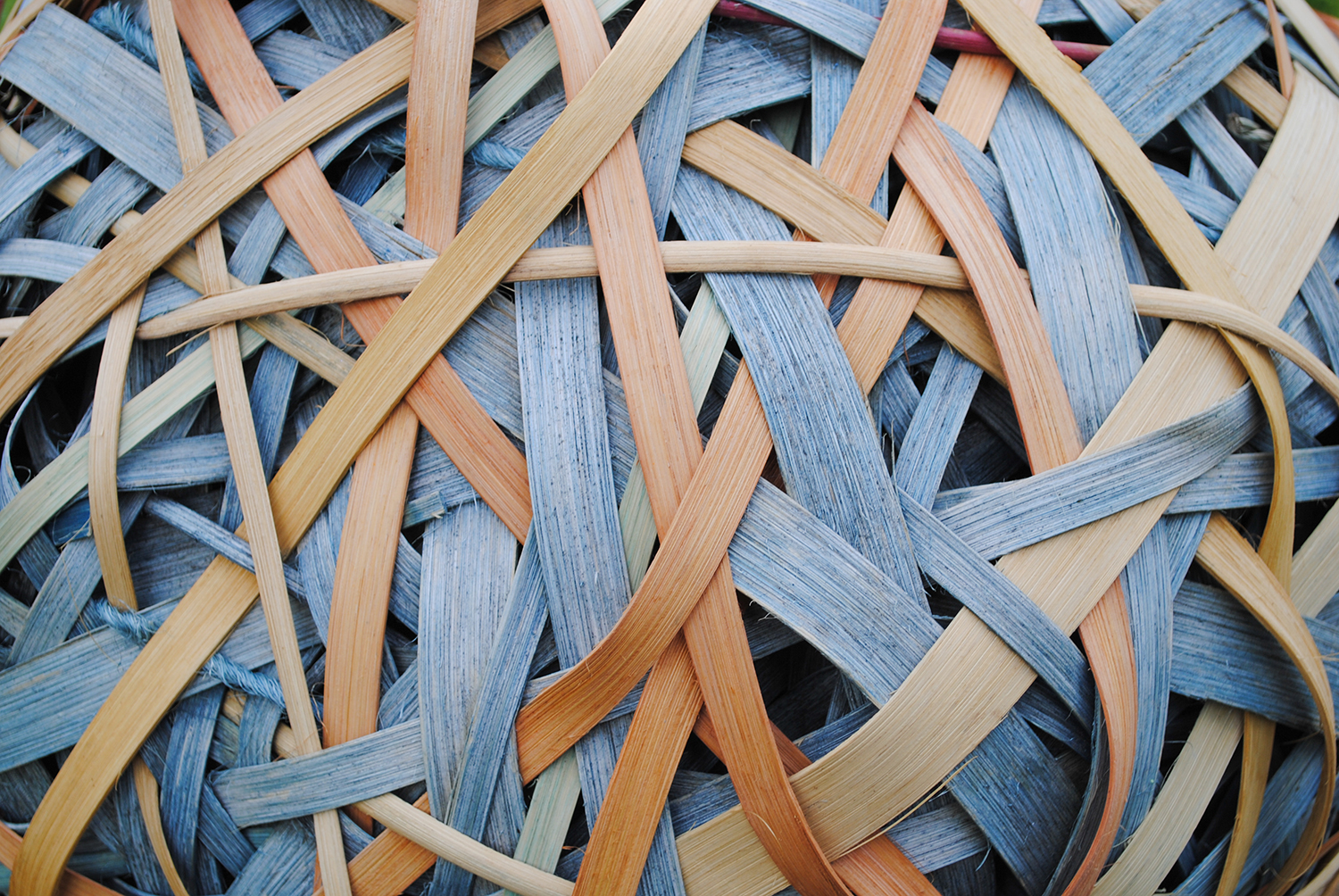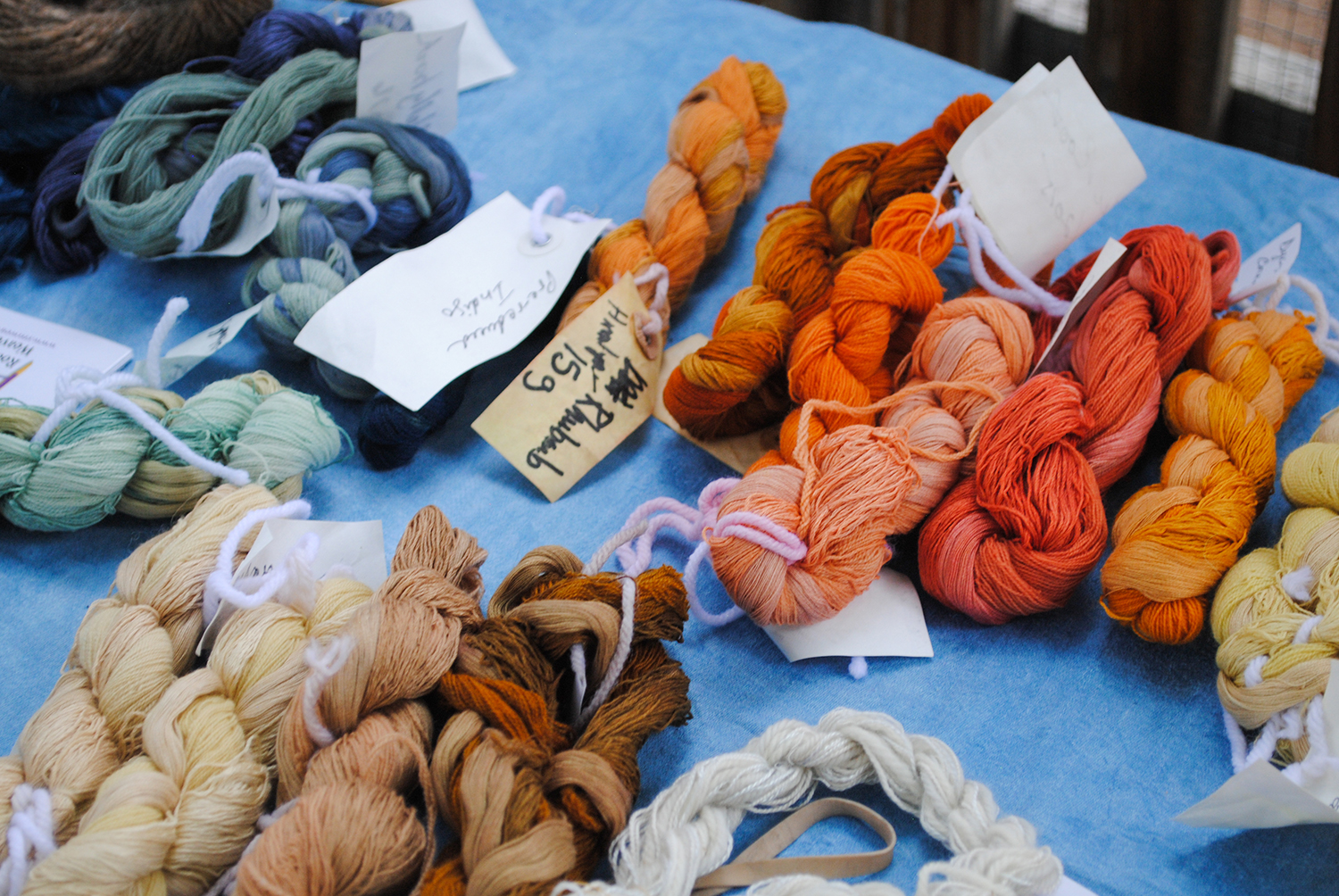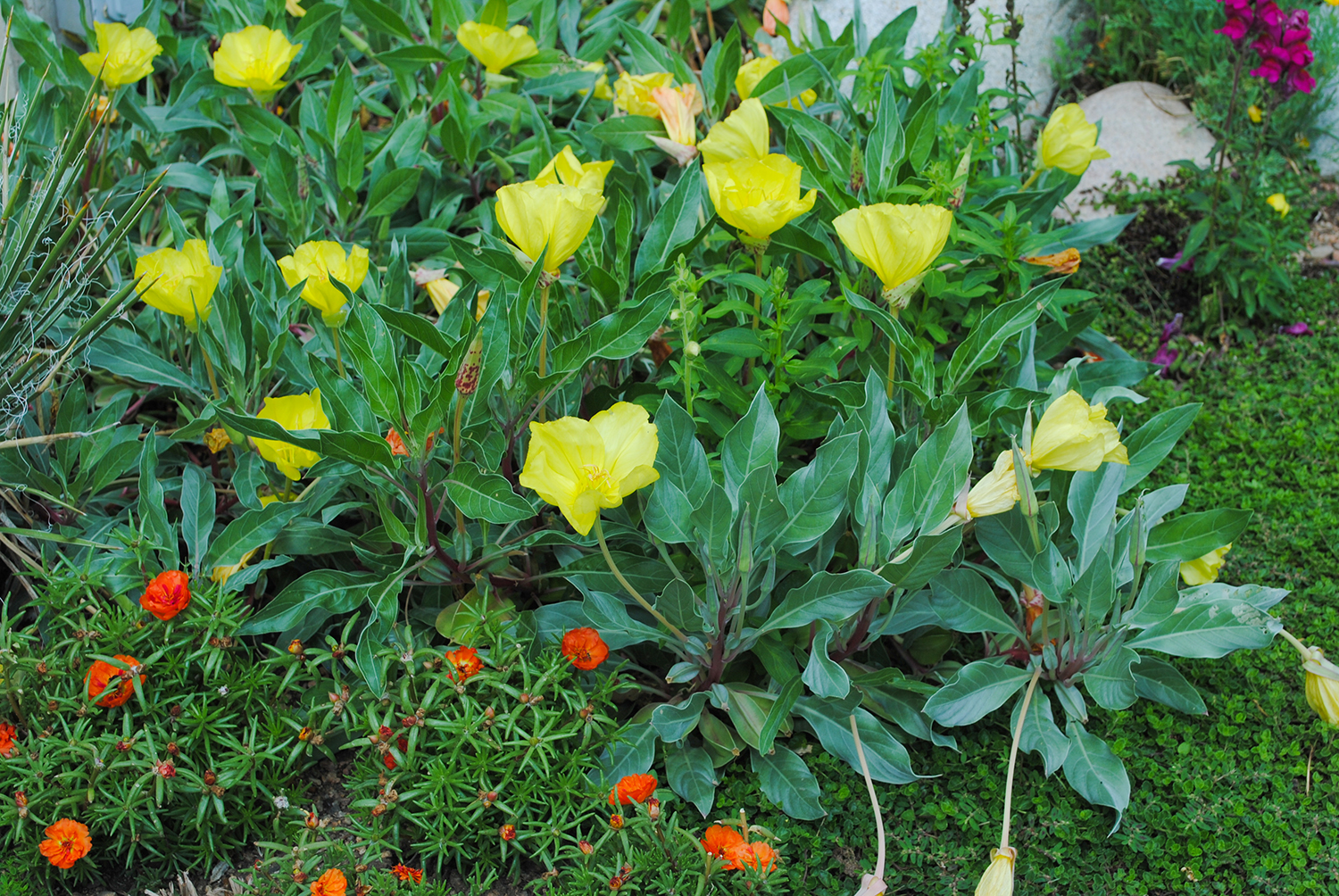As I wrote in a previous post, I've already begun sectioning the 2.5 acres here into smaller parcels, and the front yard will be a winter garden that will feature color, fragrance, and interest during the dark season. We have a large wrap-around porch to enjoy the outside—summers in the back and winters in the front. Also, our master bedroom windows face this area, and what we plant will be easily enjoyed regardless of the weather.
I hoisted the 12 gallon faux terra cotta pot in my hand out of my make shift nursery. It was light and needed some moisture. I walked around to the front yard and sited it in the shrub border that runs the length of the front part of the property. There are several openings where we want shrubs to grow to block the view from the road. I chose a gap beneath a large, weathered Juniperus virginiana (eastern red cedar) and plopped the shrub down. I walked to the front door, the swing on the front porch, and the bedroom window to make sure it was in the line of sight from each view. I walked back to the transplant and pulled it out just a tad from the shrub border to make room behind for an evergreen. I imagined the flowers popping against the verdant foliage of a future Osmanthus or Camellia.
I dug the hole, the shovel slicing through the sandy loam like a hot knife through butter. I chuckled to myself that with my 27 years of gardening experience in sub-par soils that I've leveled up enough to reach soil heaven!
I took the plant out of the pot and looked at the roots. I was surprised at the absence of any circulating. They all looked healthy and growing downward. I teased them slightly.
I put the rootball in the hole. Too deep. Pull out. More soil in. Rootball back in the hole. Perfect. I made sure the pretty side was facing the house.
We were left a nice long 100 ft hose with the house, and I hooked it up and drug the nozzle to the gaping hole. I turned the water on a slow trickle and walked away to find more homes for my weary plant travelers that have journeyed with me from place to place. It is dry, and I want to make sure that the plant has enough water to get it adjusted. When I returned, the hole runneth over, and I turned the spigot off.
I started to return the soil to the hole, it slurping as it sank to the bottom. Once finished, I let it settle, and I turned the water on again a bit later to further remove any air pockets.
This process, digging a hole and planting a plant, is something I've done a thousand times (nay, 10,000?! 100,000!?!?) in my life. But, this time, this first planting at our new home, feels extra special. I've been a container gardening vagabond, travelling from place to place, accumulating plants as I've moved about. Some have not made the entire journey, but for those that have, it's going to be fun finding them their homes just like I've found mine.






















































